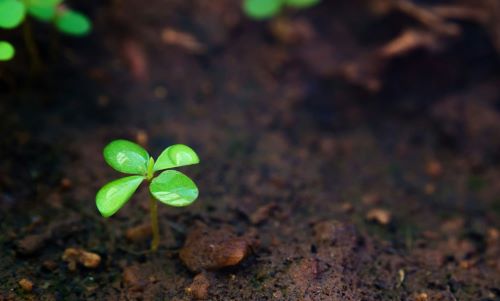


The Imidacloprid 30.5% SC formulation enhances its efficacy, offering long-lasting protection with minimal application.
Why Protecting Beneficial Insects Matters
Pollination: Bees, butterflies, and other pollinators are responsible for pollinating nearly 75% of flowering plants, including many food crops. Natural Pest Control: Predatory insects, such as ladybugs and lacewings, help control aphids, mites, and other pests, reducing the need for chemical insecticides. Beneficial insects contribute to the ecosystem by enhancing biodiversity and reducing the costs associated with excessive chemical usage in farming.
IPM combines chemical and non-chemical pest control methods to create a balanced and environmentally friendly approach. By incorporating biological controls and cultural practices alongside Imidacloprid, farmers can reduce its impact on beneficial insects. Introduce natural predators like ladybugs and parasitic wasps to control pest populations. Rotate crops to disrupt pest life cycles and reduce reliance on insecticides.
For many farmers, products like Midatek – Imidacloprid 30.5% SC are vital for pest control, but their use requires careful planning to minimize unintended effects on beneficial insects. Employing techniques that reduce risks to non-target species while maintaining effectiveness is essential for sustainable agriculture.
Applying Imidacloprid during specific times minimizes its impact on beneficial insects. For instance, spraying in the early morning or late evening reduces exposure to pollinators like bees, which are less active during these periods. Using targeted application techniques, such as soil drenching or seed treatments, can also help minimize risks. These methods ensure that Imidacloprid is delivered directly to the plant, reducing its exposure to non-target insects.
“Agriculture thrives when farmers nurture not just crops but the ecosystems that sustain them.“
Providing habitats for beneficial insects supports their populations and encourages their activity in farming areas. Planting flowering plants around fields offers food and shelter for pollinators and predatory insects. Maintaining hedgerows, wildflower strips, or cover crops can further enhance biodiversity on farms.
Precision agriculture uses GPS-guided equipment and sensors to ensure Imidacloprid is applied accurately and in the right amounts. This reduces wastage and limits exposure to beneficial insects, promoting a more sustainable farming environment.
AI tools analyze pest activity and forecast infestations, allowing farmers to time their Imidacloprid applications more effectively. By targeting specific pest populations, farmers can protect crops while minimizing risks to beneficial insects.
Recent advancements in pesticide formulations include biodegradable versions of Imidacloprid. These reduce the persistence of the chemical in the environment, further decreasing its impact on non-target species.
Educating farmers about the importance of beneficial insects and the safe use of Imidacloprid is essential. Training programs and workshops can provide valuable insights into effective pest management techniques and the latest technologies.
Farmers can collaborate with researchers, agricultural experts, and local communities to develop tailored strategies for pest control. Sharing knowledge and experiences helps create solutions that benefit both crops and the environment.
Studies indicate that pollinators contribute to the production of crops worth over $200 billion annually. Data also show that farms employing habitat management techniques can increase pollinator activity by up to 60%, significantly boosting yields. Additionally, precision agriculture technologies have been shown to reduce pesticide use by 30%, highlighting their potential for sustainable farming.
The protection of beneficial insects is not just an environmental concern but a practical necessity for the long-term success of agriculture. Farmers who adopt practices that minimize harm to these essential species are investing in the health of their crops, the sustainability of their land, and the resilience of their farming systems. By integrating tools like Imidacloprid with strategies that support biodiversity, farmers can achieve a balanced approach to pest control. This harmonious relationship between farming and nature ensures that both crops and ecosystems thrive. Engage in thoughtful farming practices, stay informed about emerging technologies, and continue exploring ways to create a sustainable future for agriculture.
